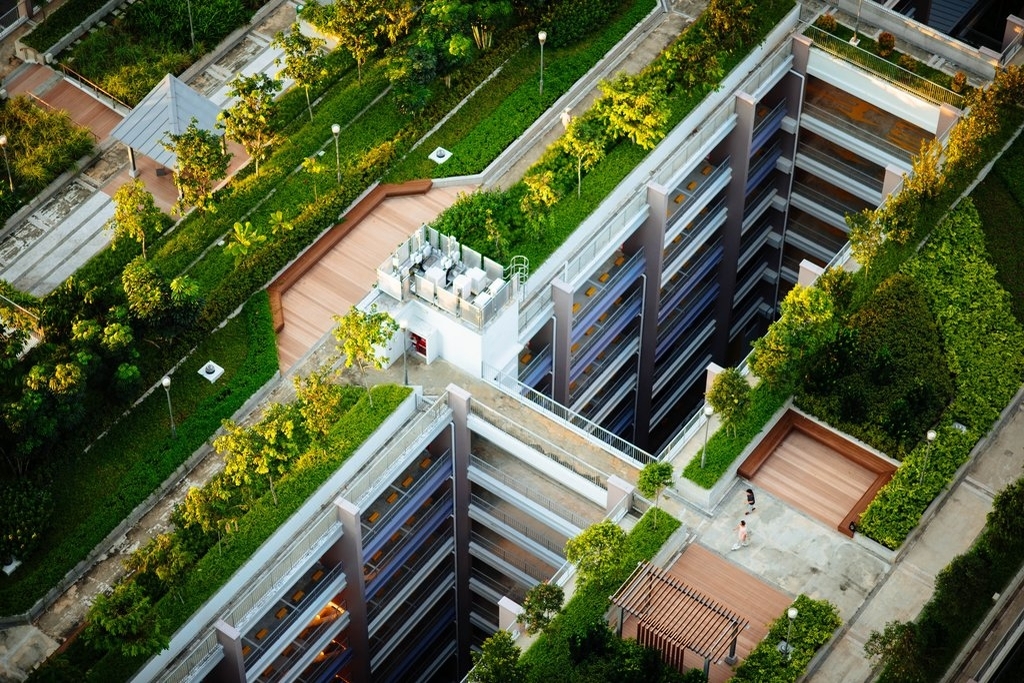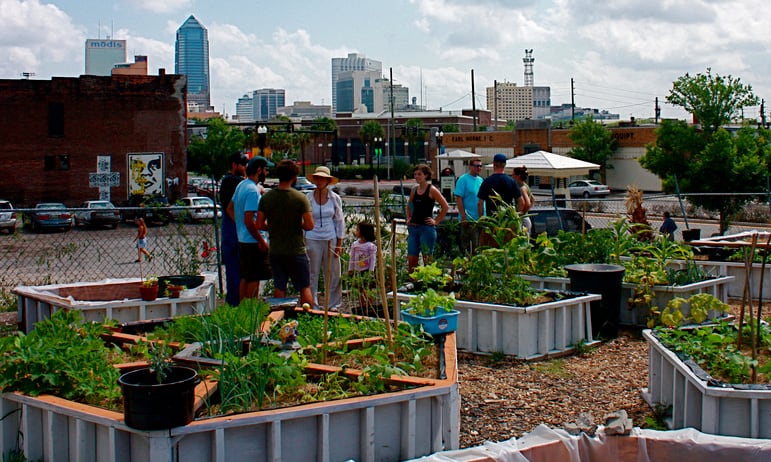The Of City Blooming
The Of City Blooming
Blog Article
What Does City Blooming Mean?
Table of ContentsGetting My City Blooming To WorkFacts About City Blooming UncoveredWhat Does City Blooming Mean?7 Easy Facts About City Blooming DescribedThe 7-Minute Rule for City Blooming
Fascinated in growing food for sale in the City of Chicago? Below is a checklist of regularly asked inquiries concerning the guidelines and guidelines that growers must think about when preparing an urban farming project.
The zoning change does not modify any type of various other codes dealing with composting, structure authorizations, purchasing or leasing City possessed property, organization licenses or ecological contamination. There are existing codes that manage these concerns and they continue to be completely result and may apply to your job. Community gardens are commonly owned or managed by public entities, civic companies or community-based organizations and preserved by volunteers.
Urban farms grow food that is planned to be marketed, either on a not-for-profit or for-profit basis. Due to their industrial objective, urban ranches need a service license.
The Main Principles Of City Blooming
Composting is allowed yet just for plant product that is created and utilized on site. The amount of compost product can not surpass 25 cubic backyards at any given time according to the criteria in 7-28-715 of the City's Municipal Code. Yes. Because the soil at a lot of new yard websites needs changing, compost, soil, wood chips, or other materials can be obtained to create or improve the growing room - landscaping.

If a building permit is needed after that the hoophouse will certainly be thought about an accessory structure. You can discover more about the building permit needs by calling the Division of Buildings. The 25,000-square-foot size limit is planned to avoid a single community garden from dominating an offered block or diminishing the block's existing household or commercial character.
The limitation does not use to yards located in Public Open Space (POS) districts. Can there be even more than one neighborhood garden that is 25,000 square feet on a single block? Fencing is not called for, however, gardens that have big parking areas may be required to install secure fencing or other landscape design features.
The Facts About City Blooming Revealed
B1 & B2 areas require that all industrial usage activities be carried out inside your home. Is secure fencing needed for city farms? Fencings might be required, along with landscaping and testing, for particular parking locations and exterior work or storage locations depending on location and the specific activity taking area.
Yes. Urban ranches need building authorizations and zoning approvals before construction. Various other types of city testimonial might be called for depending on certain frameworks, activities, size, landscape design, licensing, public health and stormwater administration issues. A lot of these demands are identified in the job design or permitting procedure, however, the candidate might be liable to independently identify certain licenses or allows that may be required.
The Department of Business Affairs and Customer Defense can aid establish the details type of company license that's needed. Off street car parking is required for the majority of industrial tasks Go Here in Chicago. The called for number of auto parking areas is based on the number of employees working on website and not the square video of the growing space.
City Blooming Can Be Fun For Anyone

Yes. An urban ranch can market garden compost product produced on website, nonetheless, the procedure has to abide by the policies in 7-28-715 of the Chicago Municipal Code. Yes. Aquaponic systems are permitted inside on metropolitan farms in several zoning areas. However, a zoning testimonial and building authorization is required in order to install structures or systems and a business license is required as described over.
As much as 5 hives or colonies of honey may be kept as an accessory use. Beekeepers should register with the Illinois Division of Agriculture. For more details regarding the recommended zoning modification you might get in touch with the Division of Housing and Economic Advancement, Bureau of Planning and Zoning at 312.744.8563.
, which takes area in country areas at the edge of suburbs.
An Unbiased View of City Blooming
It can include a motion of organic growers, "foodies" and "locavores", that look for to develop social networks based on a shared values of nature and community holism. These networks can develop using formal institutional assistance, ending up being incorporated right into regional town preparation as a "shift town" movement for lasting city advancement.
In either case, the more straight access to fresh veggie, fruit, and meat items that may be realised via urban agriculture can improve food security and food safety and security while decreasing food miles, leading to lower greenhouse gas discharges, therefore contributing to environment change reduction. Several of the initial evidence of urban farming originates from Mesopotamia.
Report this page